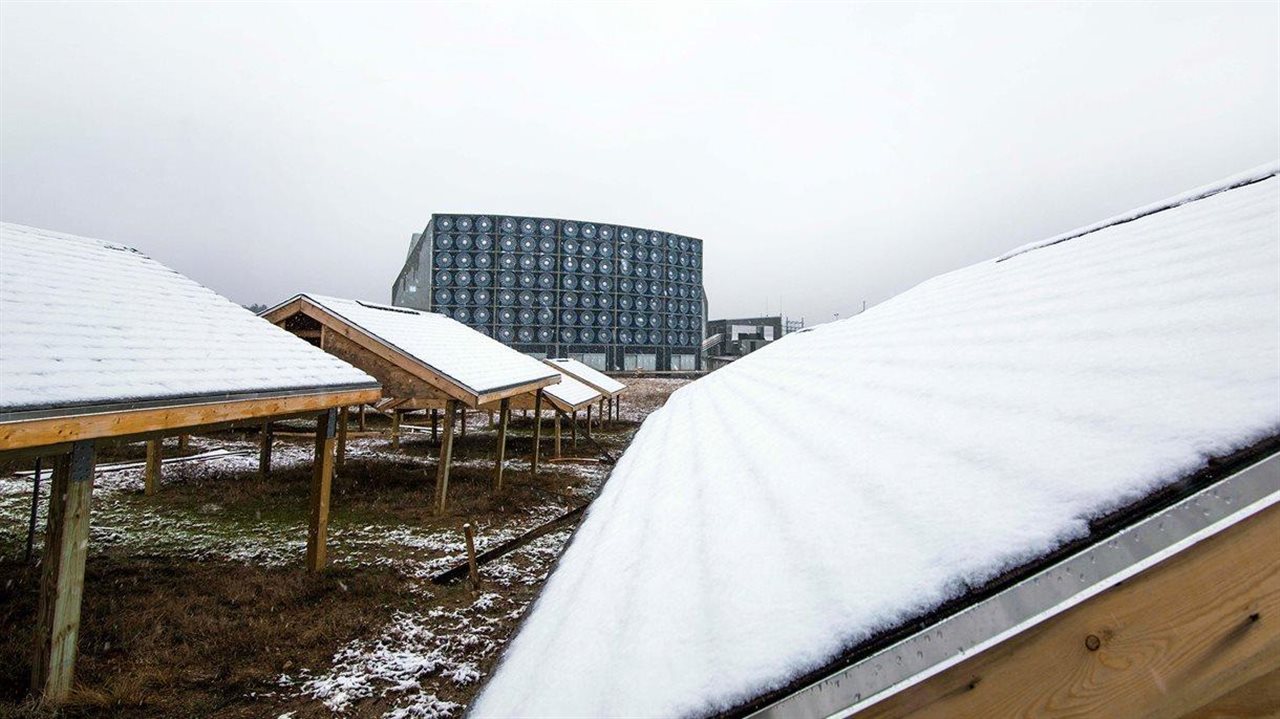2022-01-06T08:15:00
(BPT) – Winter can be beautiful, but even infrequent ice and cold can cause dangerous conditions and costly damage around your home. Snow and ice can create slippery conditions while frozen pipes can cause significant water damage.
The Insurance Institute for Business & Home Safety (IBHS), a non-profit research organization that identifies ways to reduce damage from severe weather, offers tips to help you prepare and reduce the impact of winter weather before and after wintry conditions.
“Taking proactive steps can help homeowners get through the worst of winter with minimal damage or inconvenience,” says Dr. Ian Giammanco, lead research meteorologist at IBHS. “While you can’t prevent everything winter throws at you, a little planning can go a long way to safeguarding your home and reducing long-term impacts like costly and inconvenient repairs.”
While preparing your home, safety is key. If you don’t feel comfortable doing the work yourself, it is best to hire a licensed contractor.
Before a winter weather event
Be weather aware so you have plenty of time to prepare ahead of perilous conditions.
Find a reliable source to monitor winter weather forecasts, such as your local National Weather Service (NWS) office and the Weather Prediction Center (WPC) on Facebook or Twitter.
- Tune in to local news often when winter weather is forecast.
- Enable wireless emergency alerts on your cell phone.
- Purchase a weather alert radio that broadcasts emergency alerts from the National Weather Service, preferably with a hand crank.
Ensure you have fuel for generators in case power goes out.
Help prevent pipes from freezing
To make sure your plumbing is protected when temperatures plummet:
- Always keep your thermostat set to at least 55°F (12.8°C).
- Open cabinet doors where piping is present, especially when pipes are next to an outside wall.
- Let all faucets drip during extreme cold weather.
Following a winter weather event
Check for damage in and around your home
Watch for signs of snow load damage such as creaking sounds, a sagging roof, cracks in the ceiling or walls, water stains and doors or windows that no longer open and close correctly.
If water isn’t flowing, you may have frozen pipes. If you suspect frozen pipes, shut off the water supply and call a plumber to make repairs.
If you find significant damage to your home:
- Safety first. Get to a safe place if your home is unsafe, and stay away from any damaged areas.
- Document losses. If it is safe to be at your home, use your phone to take pictures and document any damaged or destroyed property. Only enter your home to collect or salvage items if you are certain the structure is safe.
- Keep all receipts and documentation. Consider creating an electronic file for this information in a cloud storage account so you can access the information from anywhere.
Assess downed trees or large limbs
If a tree or large branch is on your driveway or property, call a tree care professional. If it’s on a road or sidewalk call your municipal public works department.
If a utility line is damaged or may become damaged, call your utility company. Stay away from downed power lines.
Use a generator safely in case of a power outage
Using a generator does pose certain risks, including fire, damage to electrical equipment and even injury or death. Proper ventilation is critical to reduce the risk of carbon monoxide poisoning from a generator’s engine exhaust.
Follow these guidelines for using a portable or permanent generator to help power your home during an outage:
Portable generators
Portable generators should be operated outside in a well-ventilated area — a garage may not provide enough ventilation. Use extreme caution when determining where to operate a generator.
- Portable generators should never run unattended and should be checked periodically following manufacturer recommendations.
- Portable generators should not be fueled while hot.
- Do not let snow accumulate on top of a portable generator.
Permanent generators
Permanent generators are more self-sufficient than portable models but should still be monitored periodically throughout operation.
Stay safe and reduce the chance of damage to your home by planning ahead and then following these tips before and after a weather event. For more information, visit disastersafety.org/winter-weather/.

